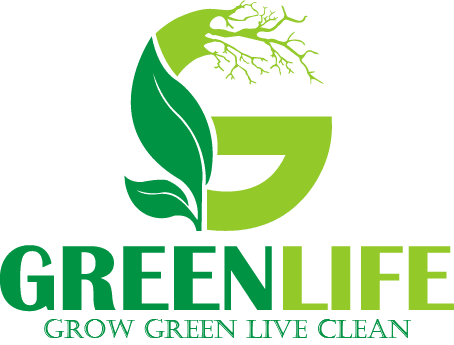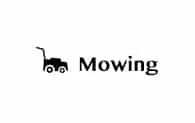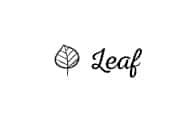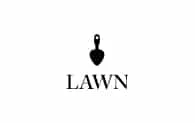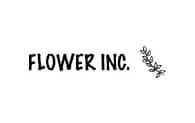Creating a Low-Maintenance Garden with Artificial Grass
Introduction:
Artificial grass, otherwise called synthetic turf, is a low-upkeep option in contrast to normal grass. Produced using solid materials like polyethylene, it imitates the appearance and surface of genuine grass while offering a few benefits. It requires no cutting, watering, or treating, making it eco-accommodating and practical. Ideal for sports fields, private yards, and business scenes, it endures weighty people walking through and antagonistic atmospheric conditions. Its year-round green appearance and minimal upkeep make it a popular choice for those seeking a lush, hassle-free outdoor space.
Installation:
Types of Artificial Grass:
Some common types of artificial grass in detail:
Polyethylene:
Sports Turf:
Sports turf is designed with shock-engrossing properties to lessen the gamble of wounds during athletic exercises. It’s designed for various sports like soccer, football, and baseball and can cater to specific performance requirements.
Pet-Friendly Artificial Grass:
Pet-friendly fake grass offers a low-support answer for pet people. It’s strong, impervious to stains and scents, and gives a protected surface to pets to play on. Its delicate surface. It requires no pesticides or manures. Enjoy a lush, pet-friendly lawn year-round.
Landscape Grass:
Landscape grass plays a vital role in creating picturesque outdoor environments. Its lush, green carpeting adds aesthetic appeal, softening hardscapes and providing a sense of tranquility. Beyond its visual charm, grass improves air quality, reduces erosion, and offers a safe, comfortable surface for various activities
Uses of Artificial Turf:
Golf Putting Greens:
Synthetic turf is often used to create putting greens in residential and commercial settings It permits golfers to work on putting without the requirement for broad support. These surfaces simulate real grass, providing a consistent and smooth playing surface for honing putting skills.
Indoor Facilities:
Artificial grass can be installed in indoor facilities, including gyms, fitness centers, and indoor sports complexes, to create indoor training areas and playing surfaces. In commercial spaces, it creates inviting, natural environments. Additionally, it’s employed for exhibitions, trade shows, and even home interiors, adding a touch of nature year-round.
Rooftop Gardens:
In urban environments, artificial grass is sometimes used to create rooftop gardens and green spaces, adding a touch of nature to cityscapes. It creates a lush, green oasis, enhancing aesthetics and providing a comfortable surface for relaxation and socializing.Additionally, it can help with temperature regulation and reduce energy costs.
Event and Exhibition Spaces:
Fake grass is used in event spaces and exhibitions to create green flooring and enhance the aesthetics of the venue. It offers a lush, green backdrop for outdoor events, enhancing aesthetics. Its durability withstands heavy foot traffic, making it ideal for temporary flooring. Its eco-friendliness and customization options further elevate its suitability.
Benefits of Synthetic Grass:
Fake grass offers several benefits for various applications, including residential, commercial, and recreational areas. Some benefits are as under:
Water Conservation:
Artificial turf doesn’t require regular watering, making it an environmentally friendly option in regions with water scarcity or drought restrictions. This eco-friendly alternative helps reduce water consumption, contributing to water conservation efforts.
Consistent Appearance:
Synthetic grass maintains a uniform appearance, free from patches, brown spots, or uneven growth. It provides an aesthetically pleasing landscape.Artificial grass offers the benefit of consistent appearance year-round. Its vibrant green color and uniform texture stay intact regardless of weather conditions or foot traffic.
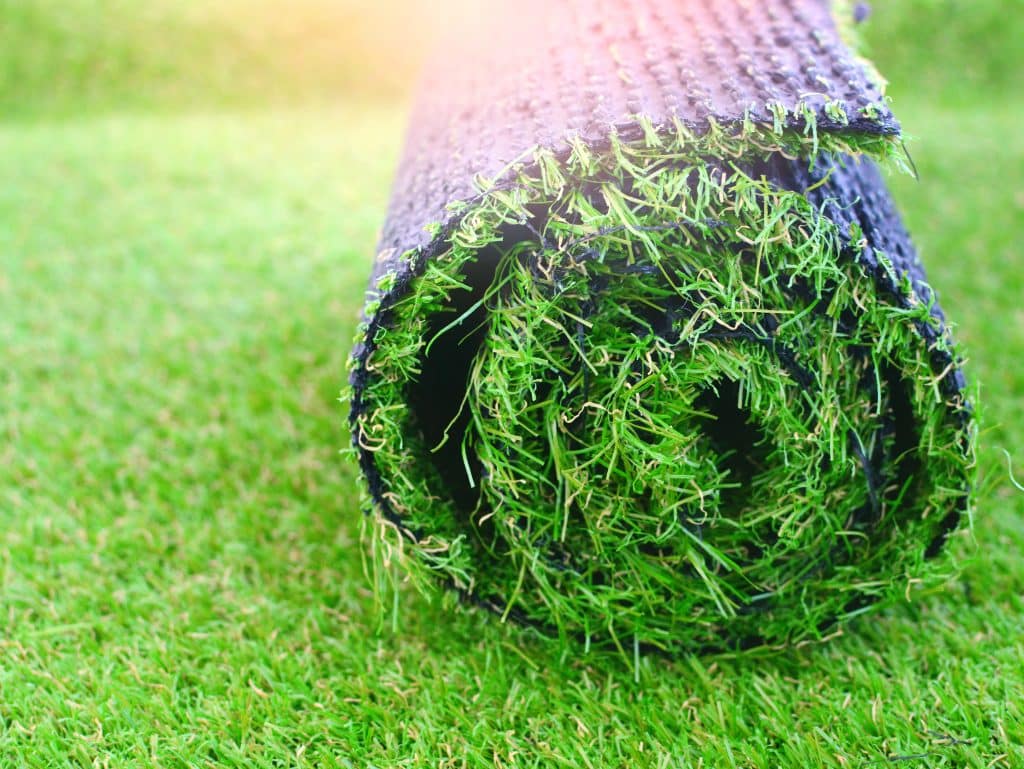
Cost-Effective:
While the initial installation cost can be higher than natural grass, the long-term cost savings from reduced maintenance and water usage often make artificial turf a cost-effective choice. It stays lush year-round, reducing the need for expensive lawn care, making it an eco-friendly and budget-friendly choice for homeowners and businesses.
Playability:
Artificial turf provides a consistent and reliable playing surface for sports such as soccer, football, and baseball, as it minimizes the impact of weather conditions on the game..It offers exceptional playability benefits for both children and athletes. It’s consistent,reducing the risk of injuries.
How Fake turf Enhances sports performance.
Artificial grass turf has revolutionized sports performance. Its consistent surface provides uniform ball bounce, reducing unpredictable bounces. Enhanced traction minimizes slips and injuries. Low maintenance requirements save time and resources. All-weather usability ensures year-round playability. These factors make artificial turf a preferred choice for athletes, improving overall sports performance.
Turfing Equipment for Installation
Turfing equipment is essential for installing artificial grass seamlessly. Tools like turf cutters, compactors, and adhesive applicators ensure a smooth, durable surface. Proper equipment guarantees precise measurements, secure seams, and efficient installation, resulting in a lush, natural-looking artificial lawn that requires minimal maintenance and lasts for years.
We list out some important equipment for fake turf installation:
Shovel and Rake:
These basic landscaping tools are necessary for digging and leveling the ground. A flat-edged shovel is useful for removing soil and creating a uniform base. The shovel, with its flat blade, is ideal for digging and moving soil, while the rake, with its tines, helps in leveling and spreading mulch or gravel.
Geotextile Fabric:
This fabric is laid on top of the prepared soil to prevent weeds from growing through the artificial grass and to provide additional stability.Geotextile fabric is a versatile material used in civil engineering and construction. Made from synthetic or natural fibers, it offers excellent filtration, drainage, and erosion control properties.
Edging Material:
Edging material, such as plastic or metal landscape edging, is used to secure the edges of the artificial grass and keep it in place.Edging material serves as a functional and aesthetic element in landscaping. Common options include metal, plastic, wood, and stone, each offering unique durability and design possibilities.
Roller:
A heavy roller can be used to help settle the infill and ensure the artificial grass is flat and even.They ensure proper compaction and a smooth, level surface. These heavy machines press the synthetic turf firmly onto the sub-base, preventing wrinkles and unevenness. Effective rolling guarantees the longevity and aesthetic appeal of artificial grass, making it a crucial step in installation
